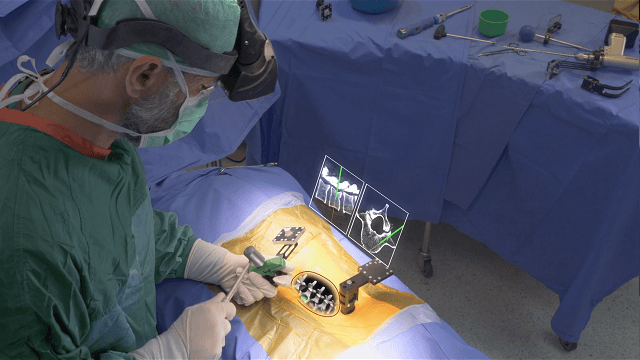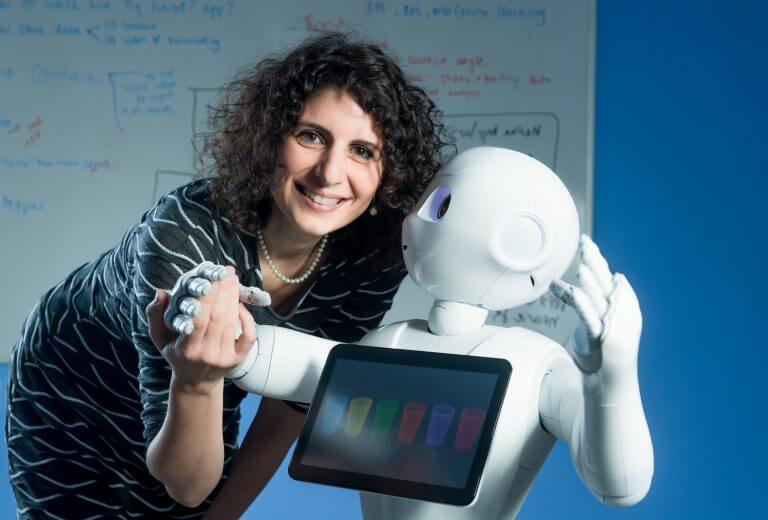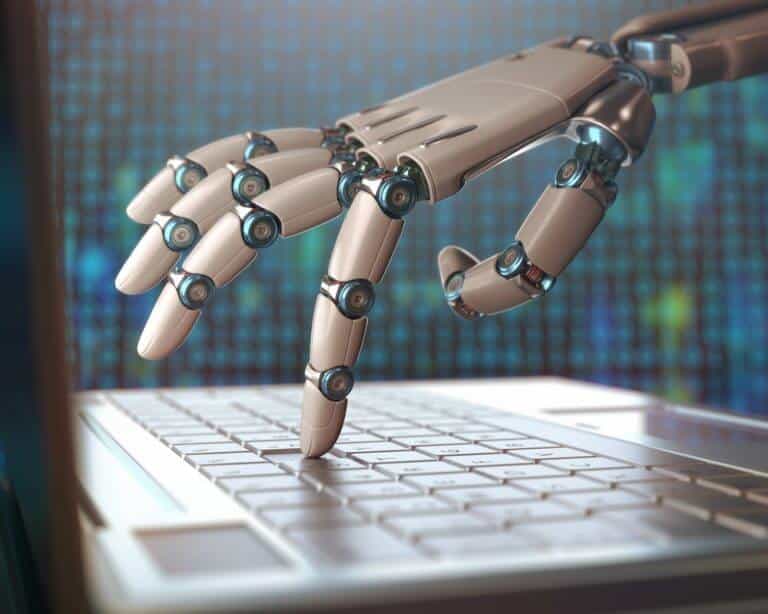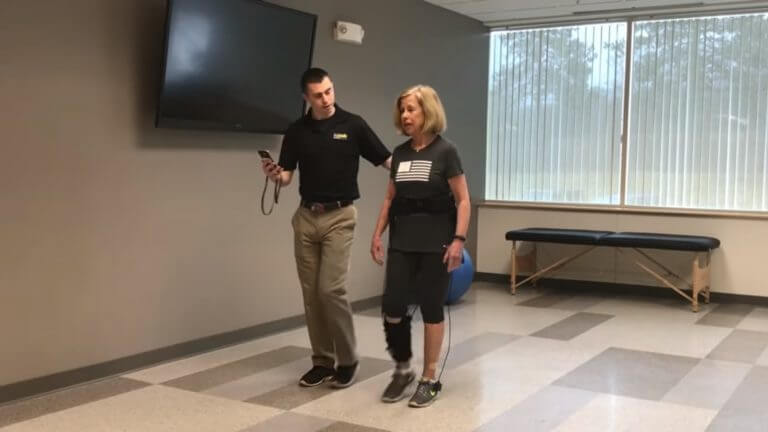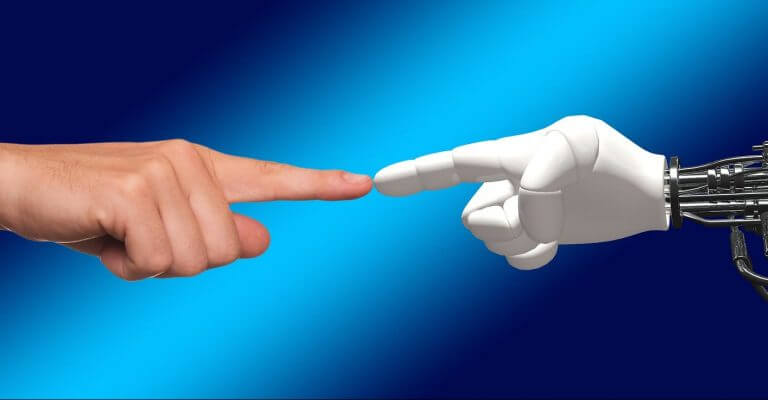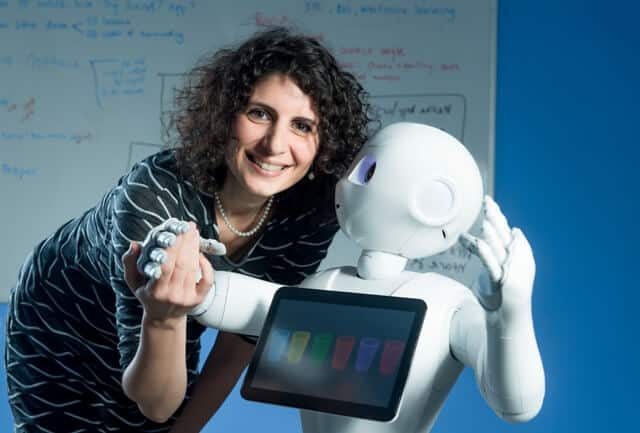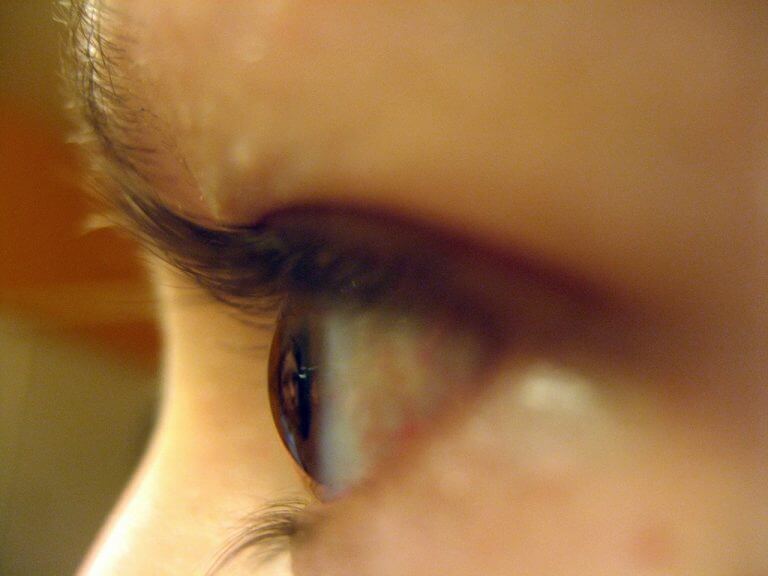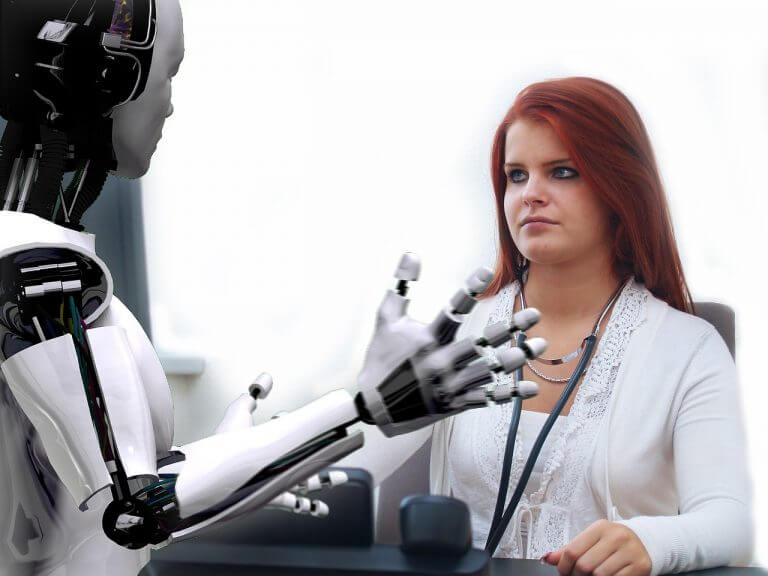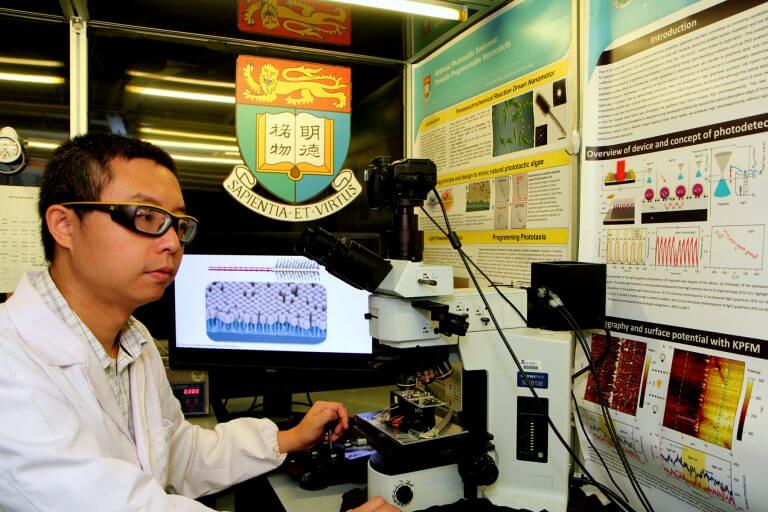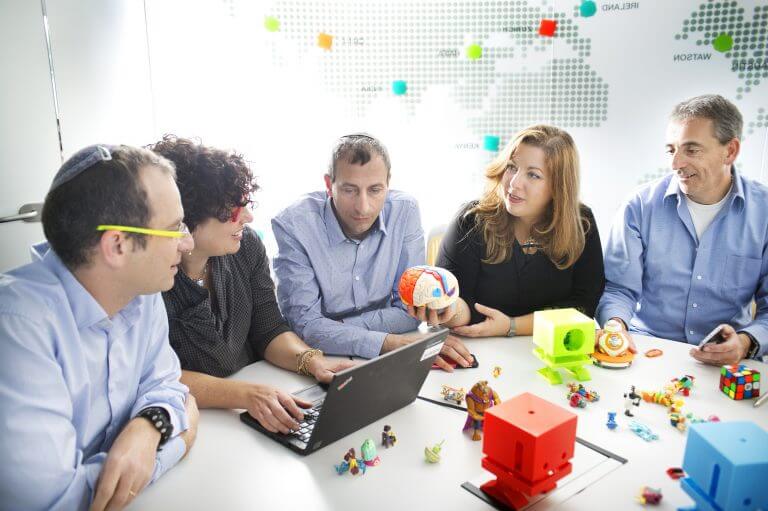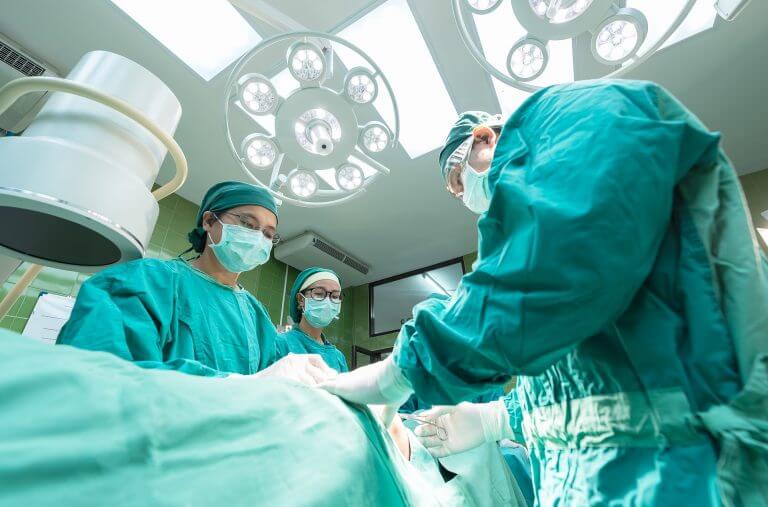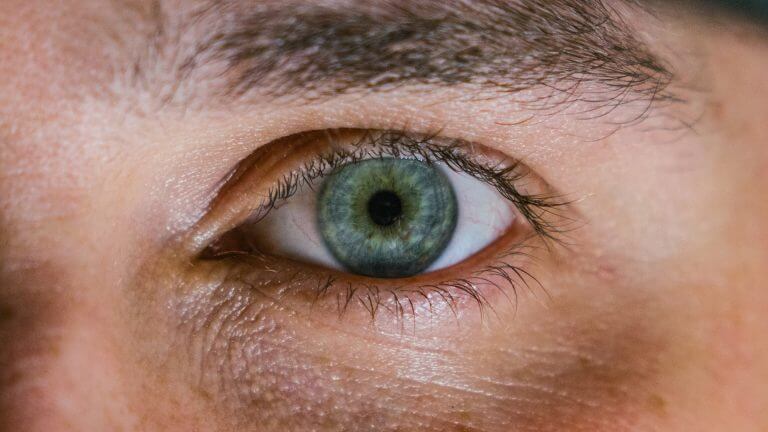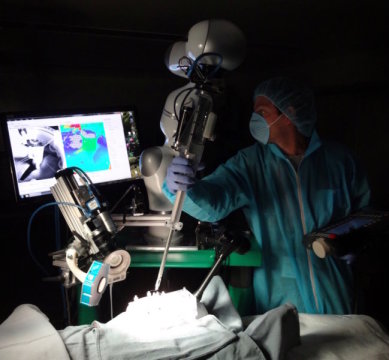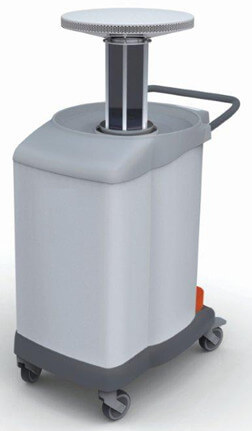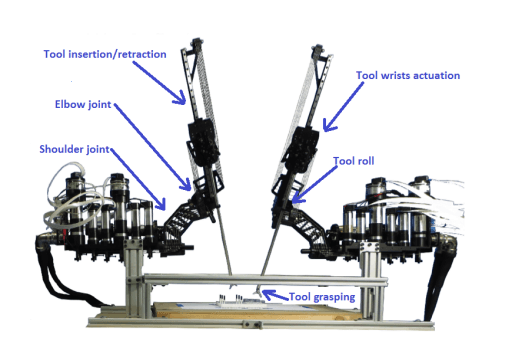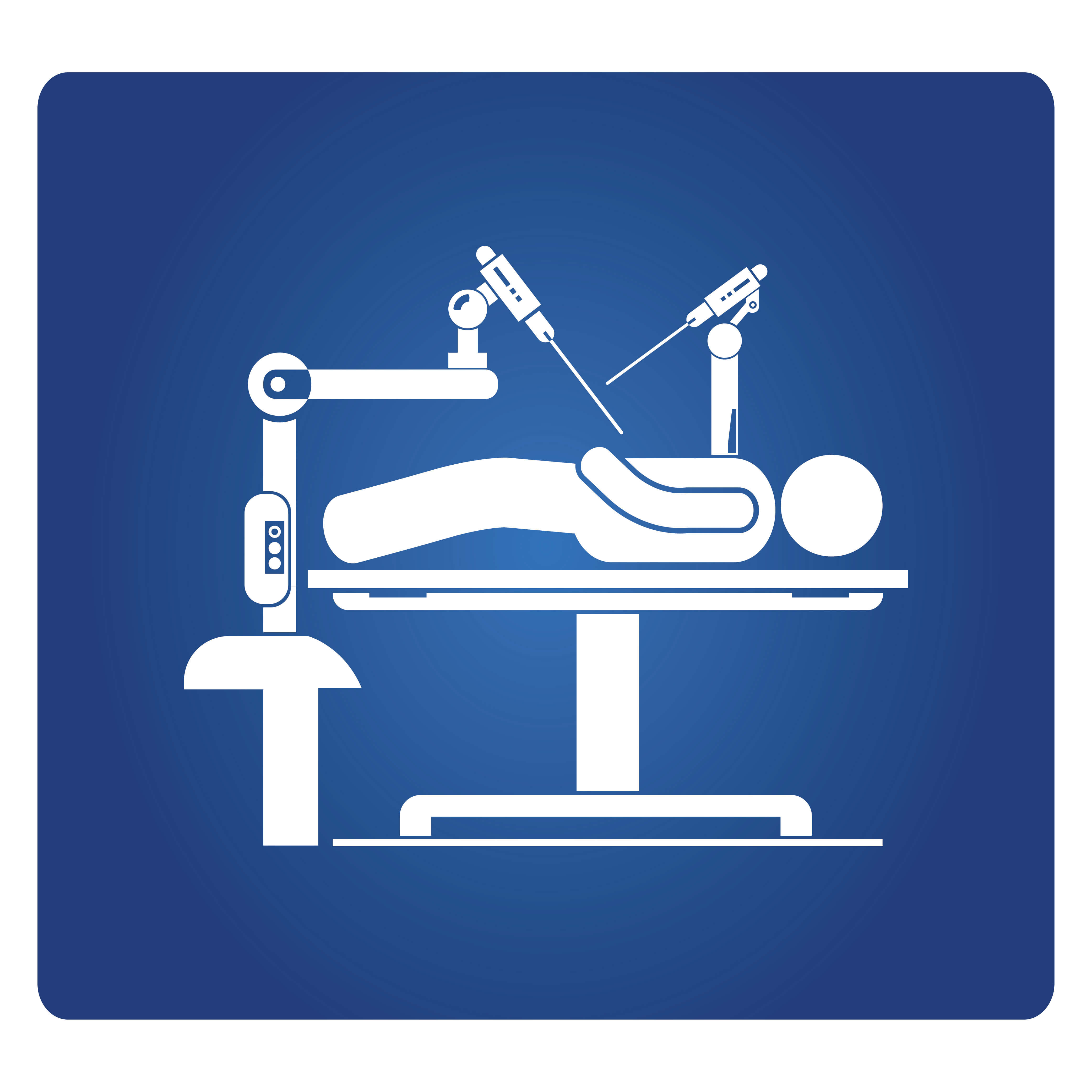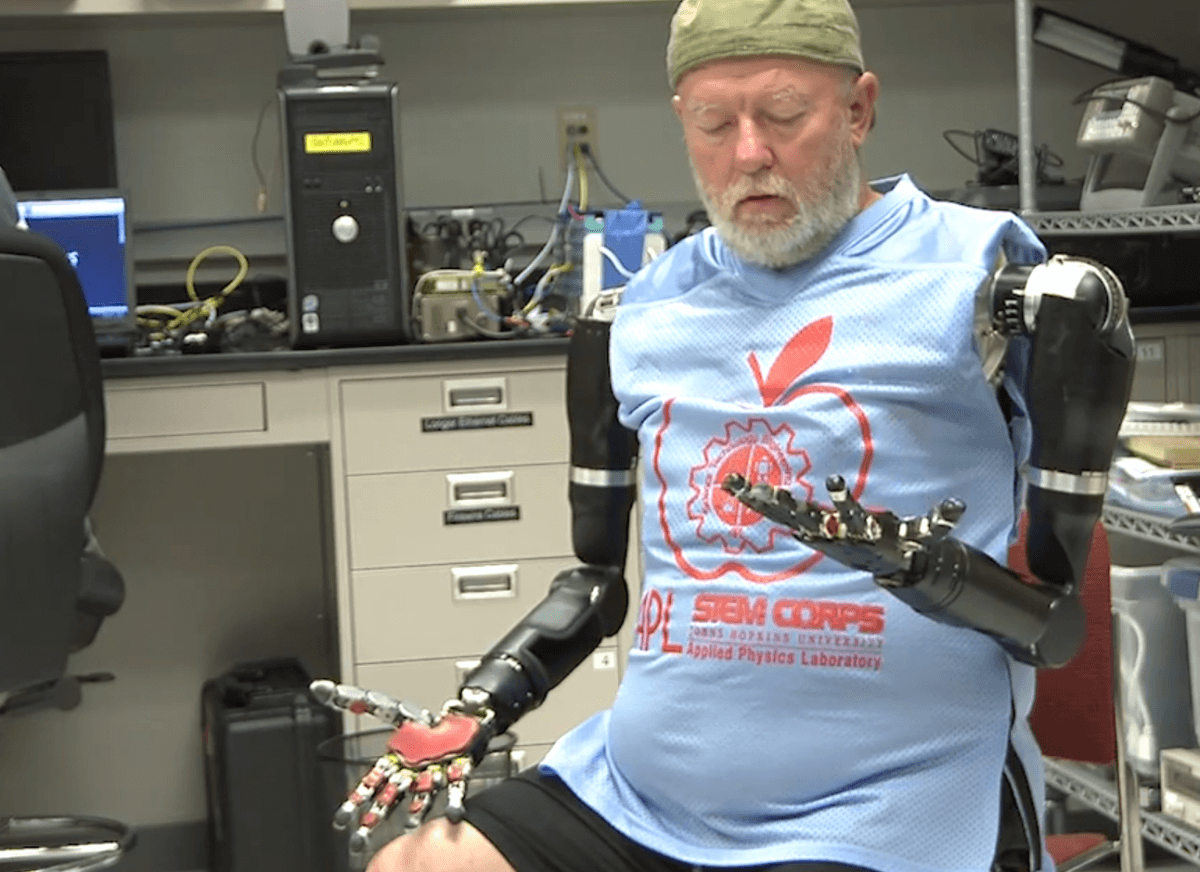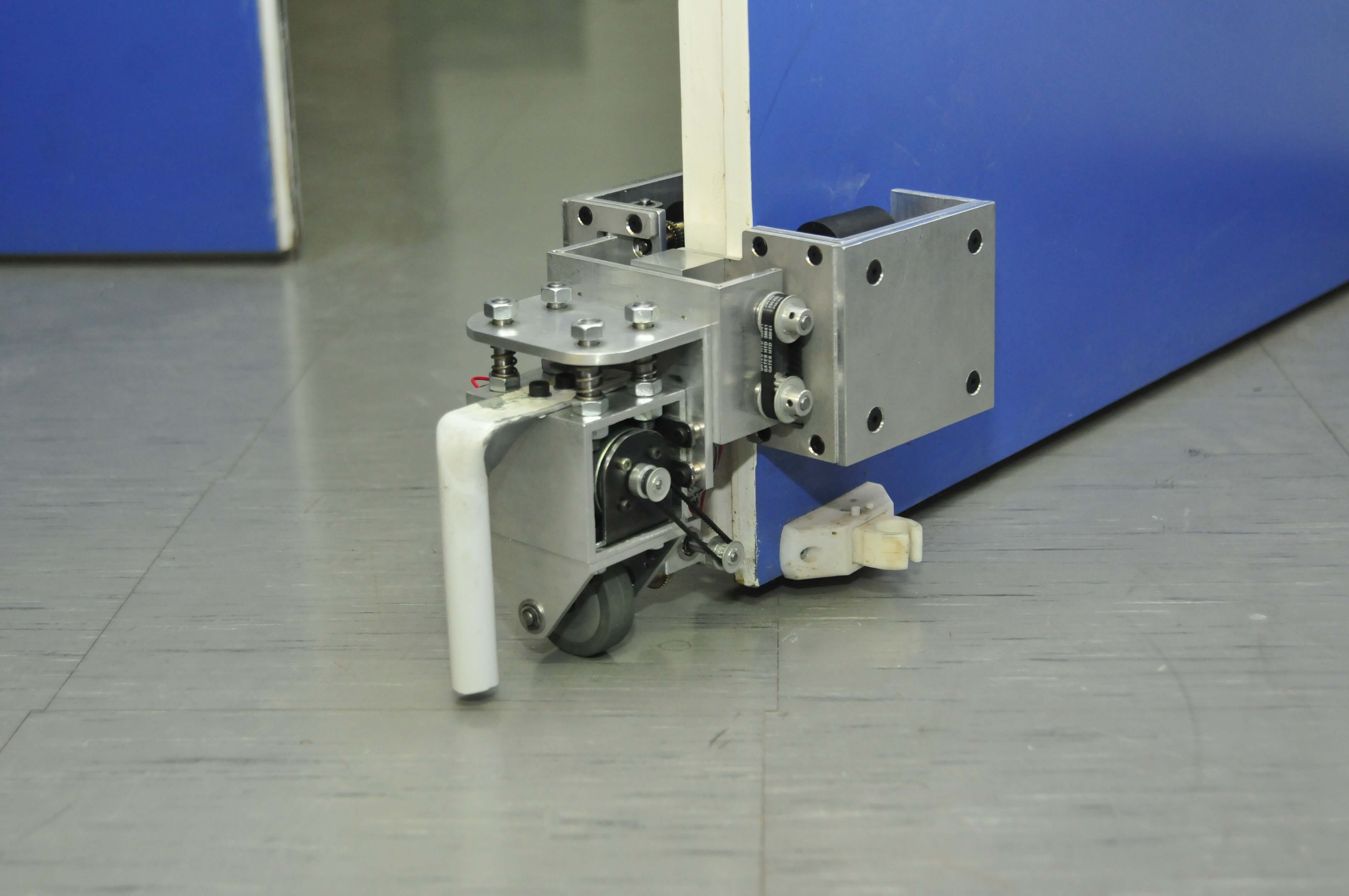Hayadan > Computing and technology > Computing and robotics > רובוטיקה > Robots in medicine
Robots in medicine
- Avi Blizovsky
- February 25, 2022
- No comments
Shah said these things during a panel on robotics that will empower humans instead of replacing them at the AAAS annual conference that took place recently online. necessarily replace them
- Dr.Roey Tsezana
- March 10, 2020
- 9 תגובות
- Science site The Conversation
- February 6, 2020
- 11 תגובות
- Avi Blizovsky
- November 8, 2019
- 4 תגובות
- The science service
- March 21, 2019
- No comments
- Dr. Moshe Nahamani
- November 7, 2018
- One response
- Avi Blizovsky
- September 6, 2018
- One response
- Ben-Gurion University
- August 25, 2018
- No comments
- Ben-Gurion University
- May 10, 2018
- No comments
- The science service
- April 10, 2018
- No comments
- The science service
- March 16, 2018
- No comments
- The Technion
- December 24, 2017
- No comments
- Ben-Gurion University
- November 7, 2017
- No comments
- The Technion
- October 16, 2017
- No comments
- Dr.Roey Tsezana
- September 21, 2017
- 5 תגובות
- Scientific American Israel
- July 12, 2017
- No comments
- The science service
- June 10, 2017
- No comments
- Dr.Roey Tsezana
- May 13, 2017
- 12 תגובות
- The science service
- April 27, 2017
- One response
- Avi Blizovsky
- May 10, 2016
- One response
- Dr. Moshe Nahamani
- May 5, 2015
- 3 תגובות
- Audi Lam
- April 26, 2015
- One response
- Audi Lam
- March 30, 2015
- No comments
- Audi Lam
- December 21, 2014
- 4 תגובות
- Ariel University
- December 2, 2014
- 3 תגובות

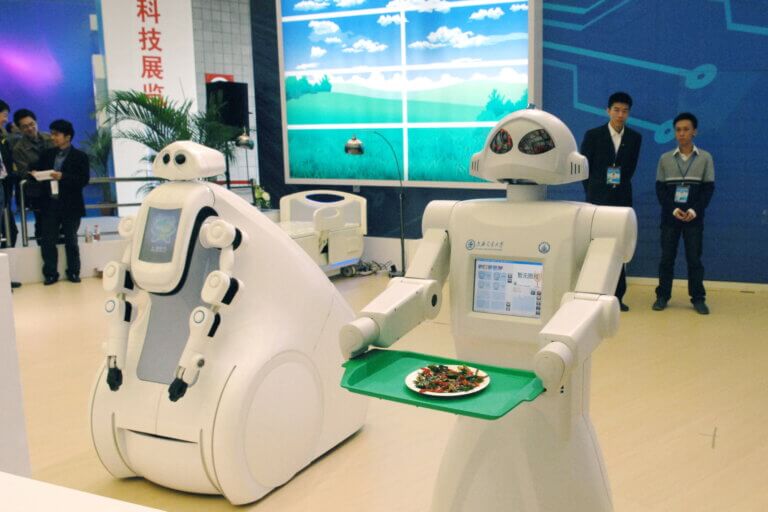

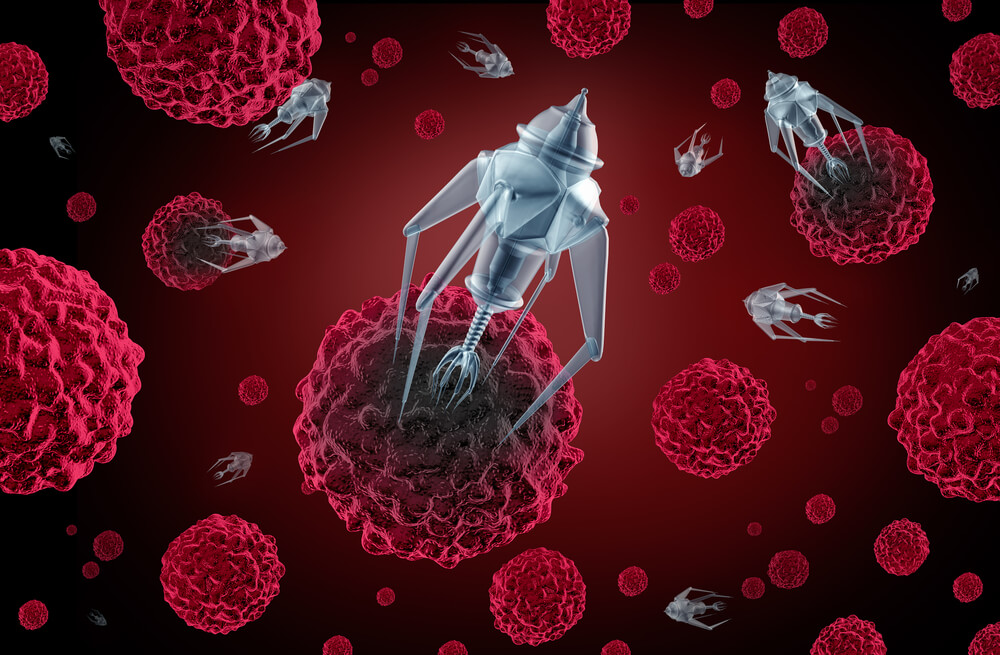

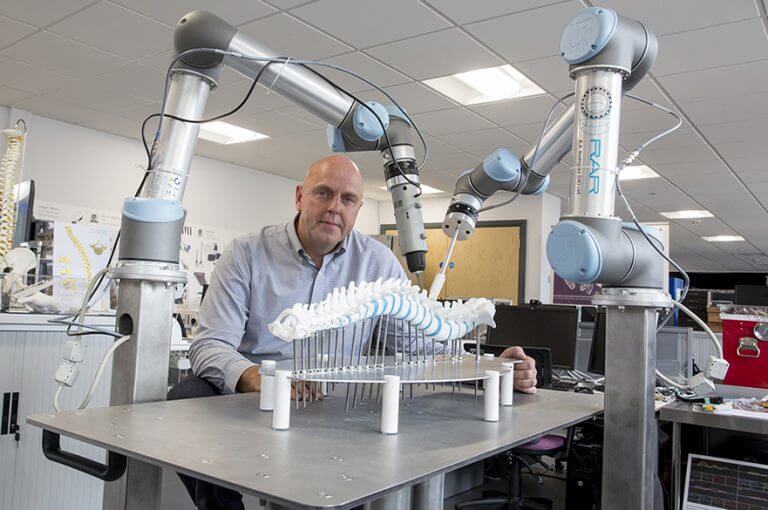
![An image showing the circles on a graphene sheet separating from each other due to pressure. [Courtesy: Felice Frankel]](https://www.hayadan.org.il/images/content3/2018/11/MIT-Autoperforation_01.jpg)
